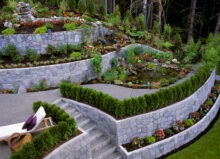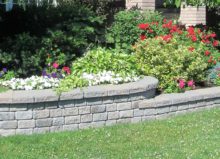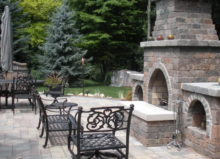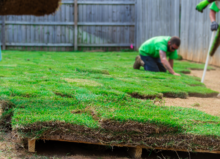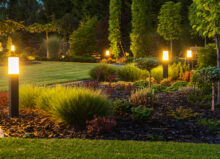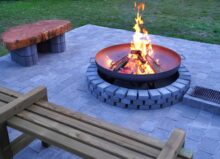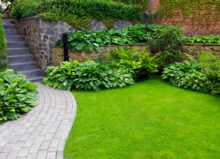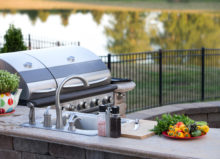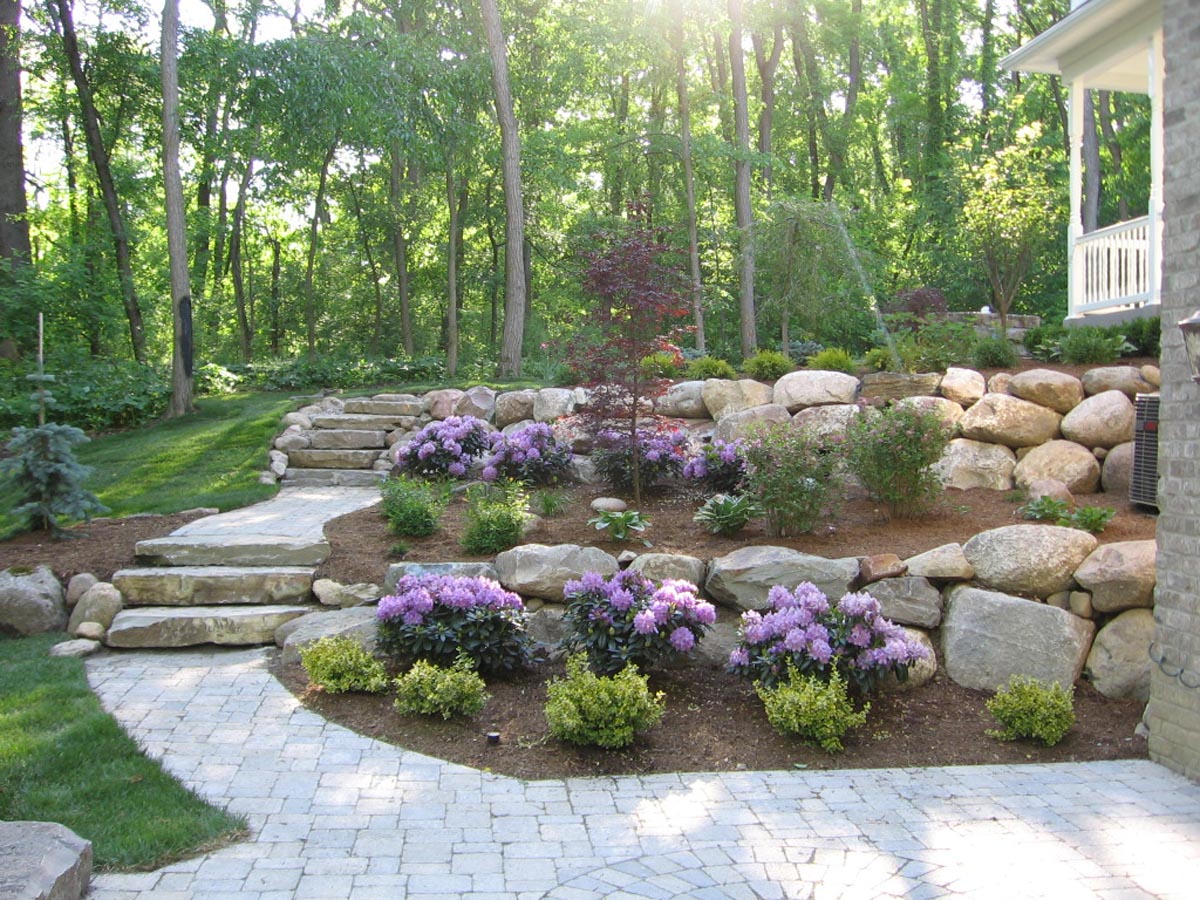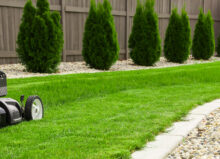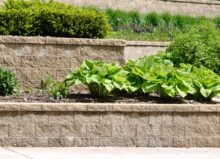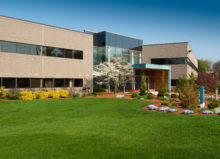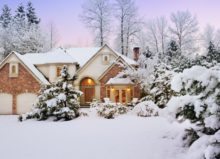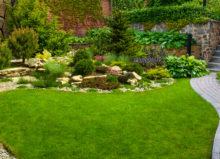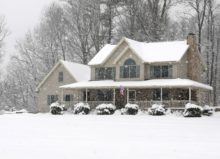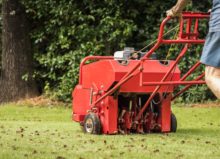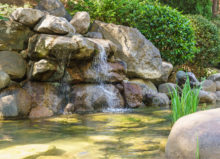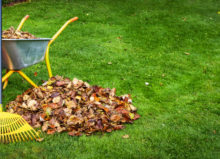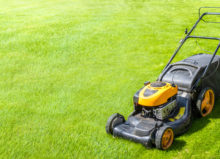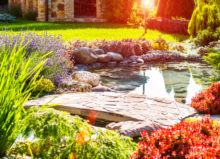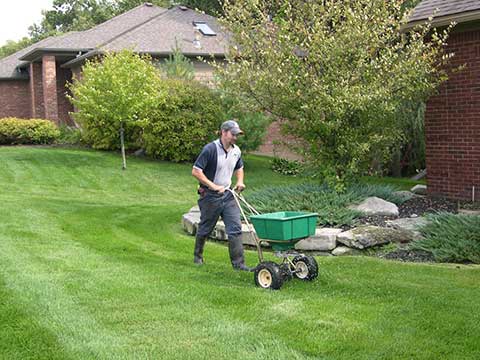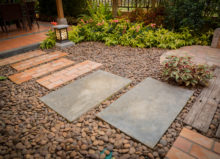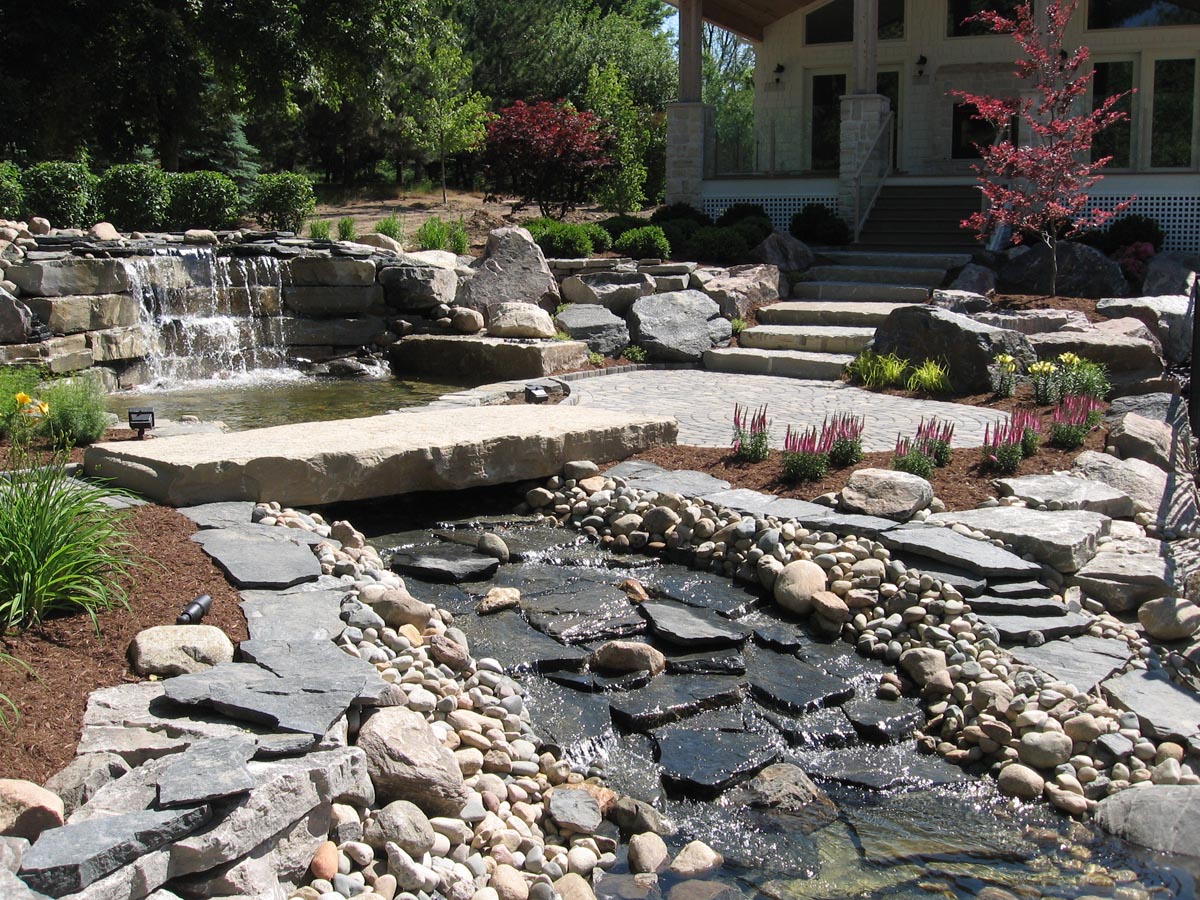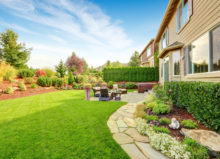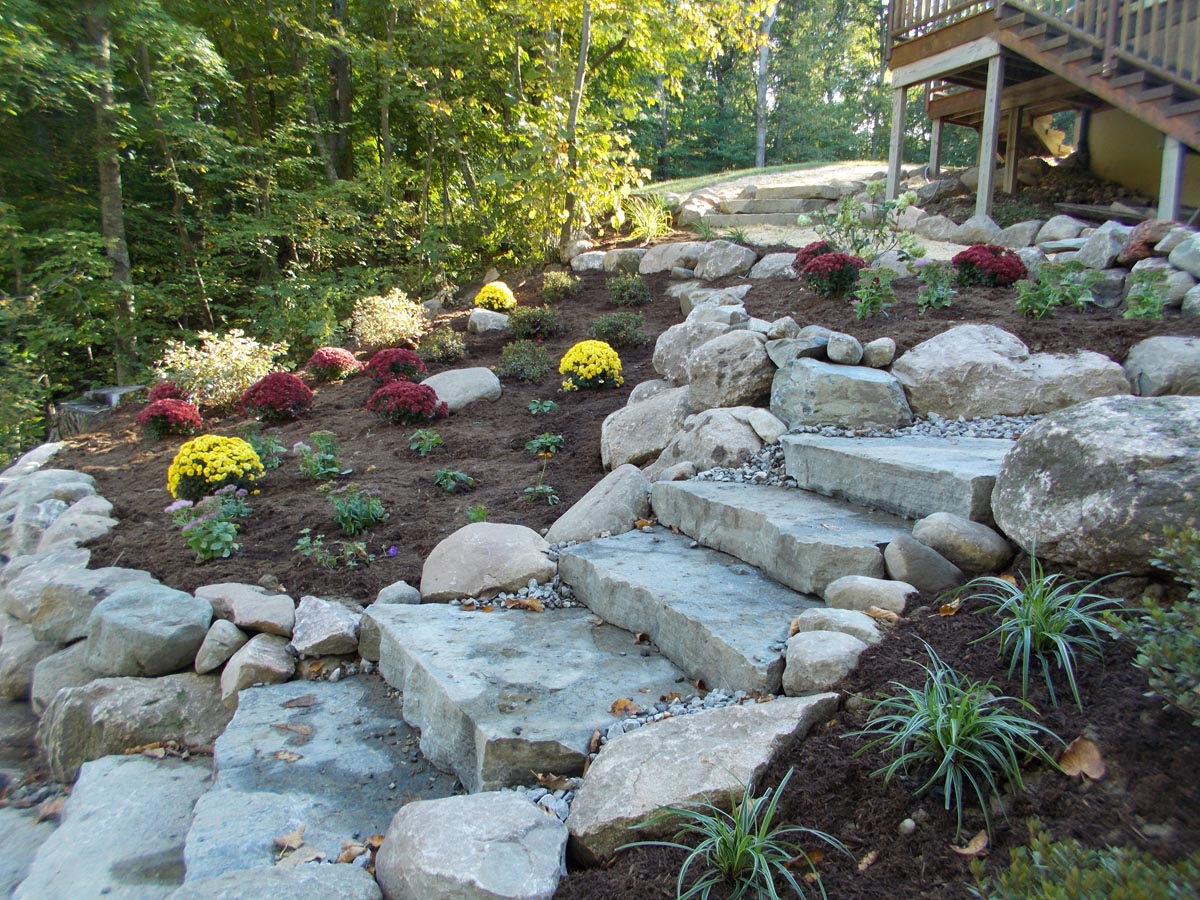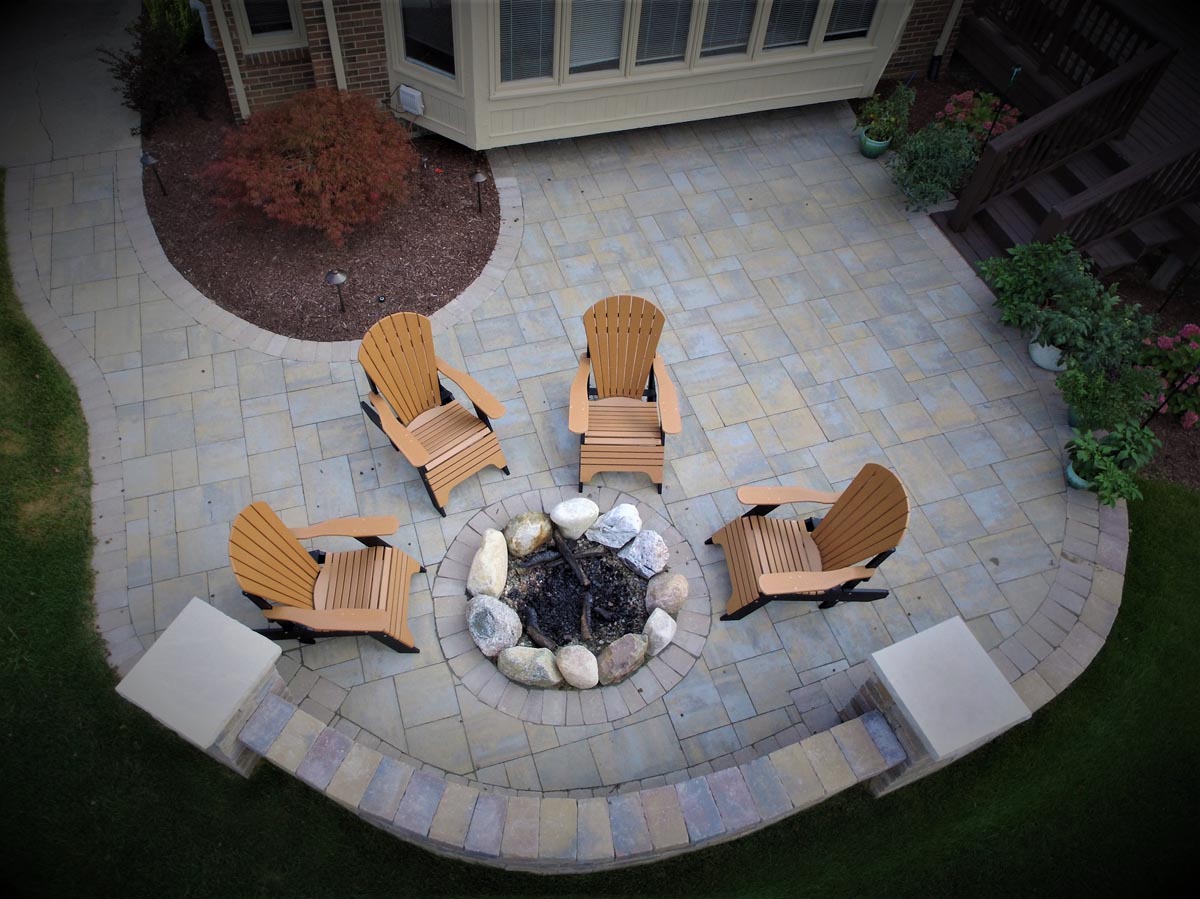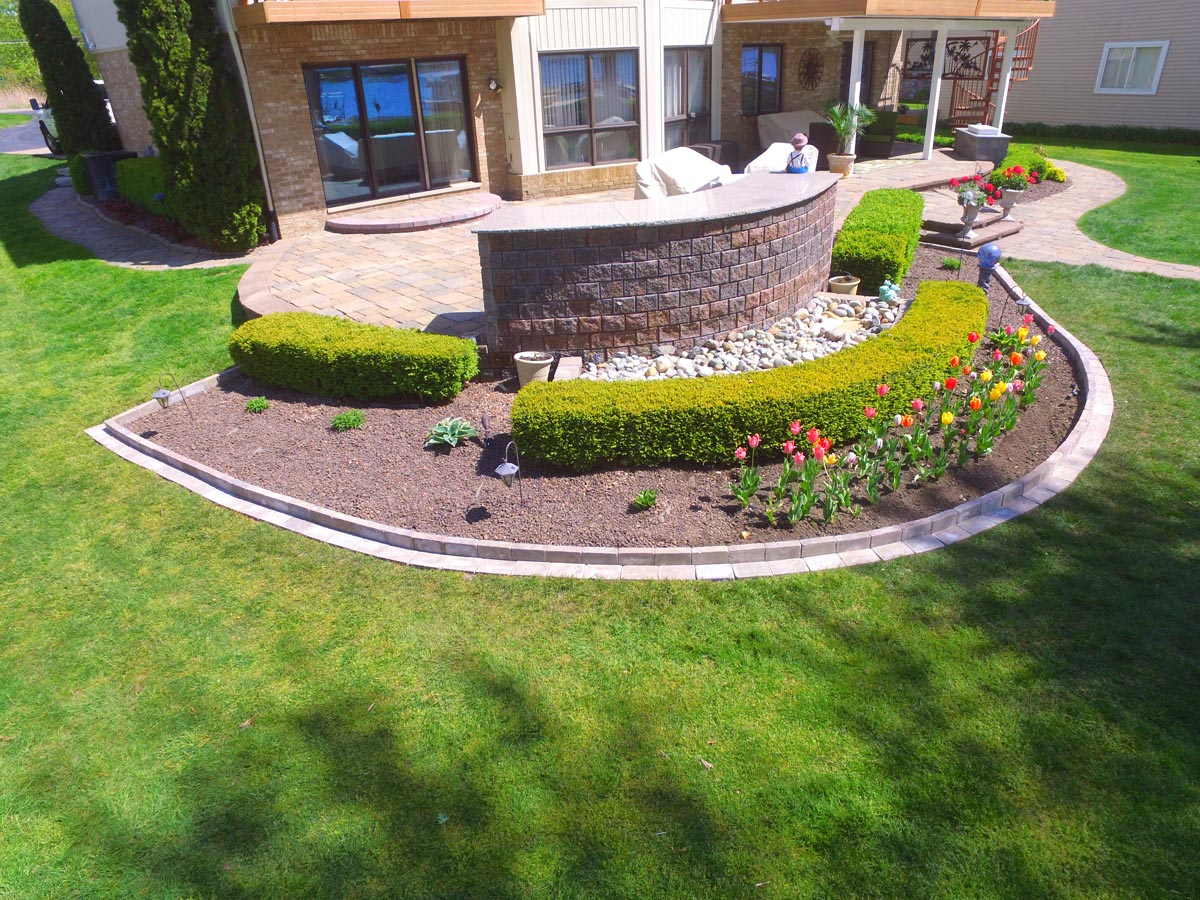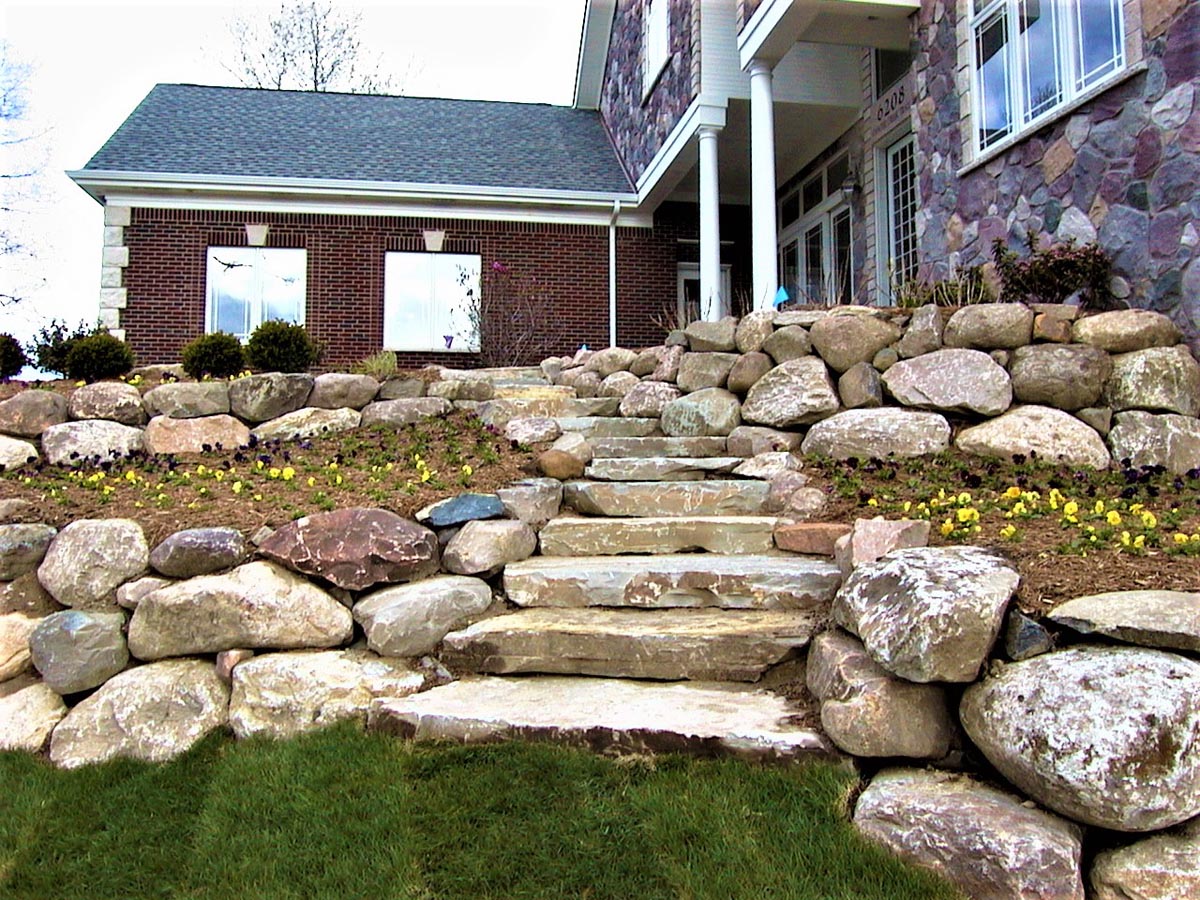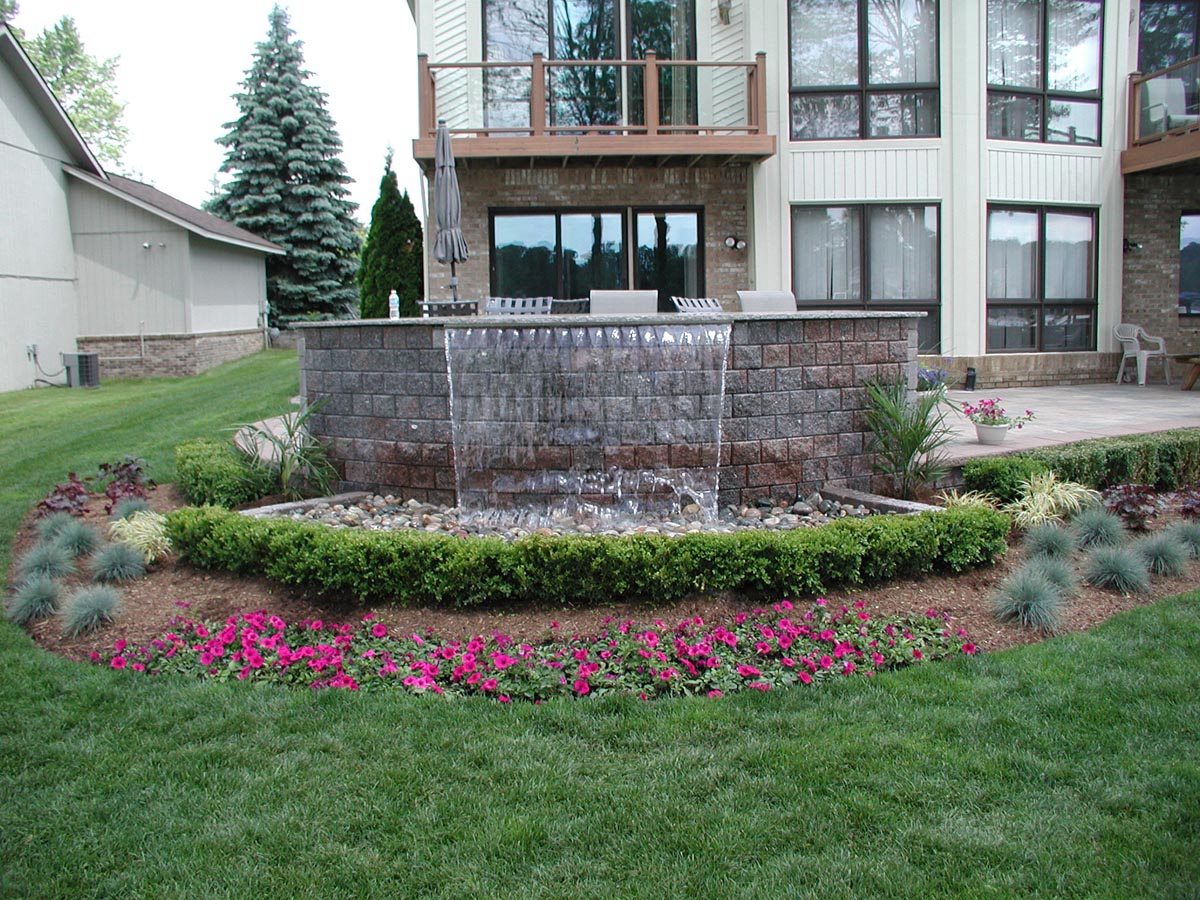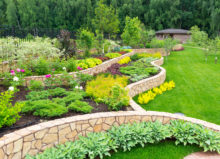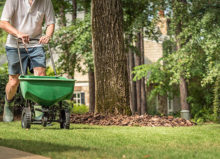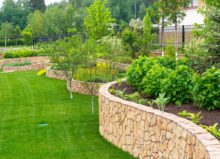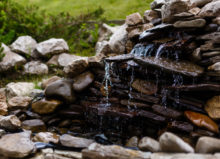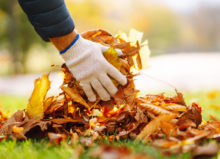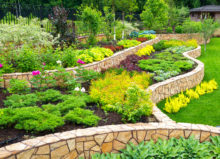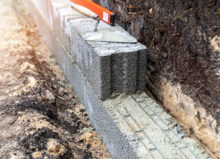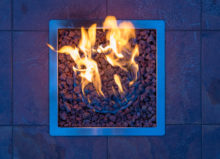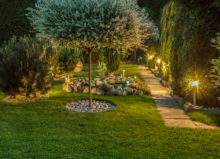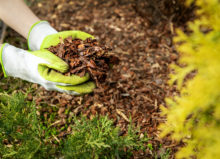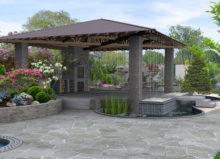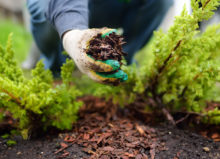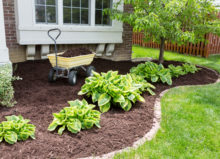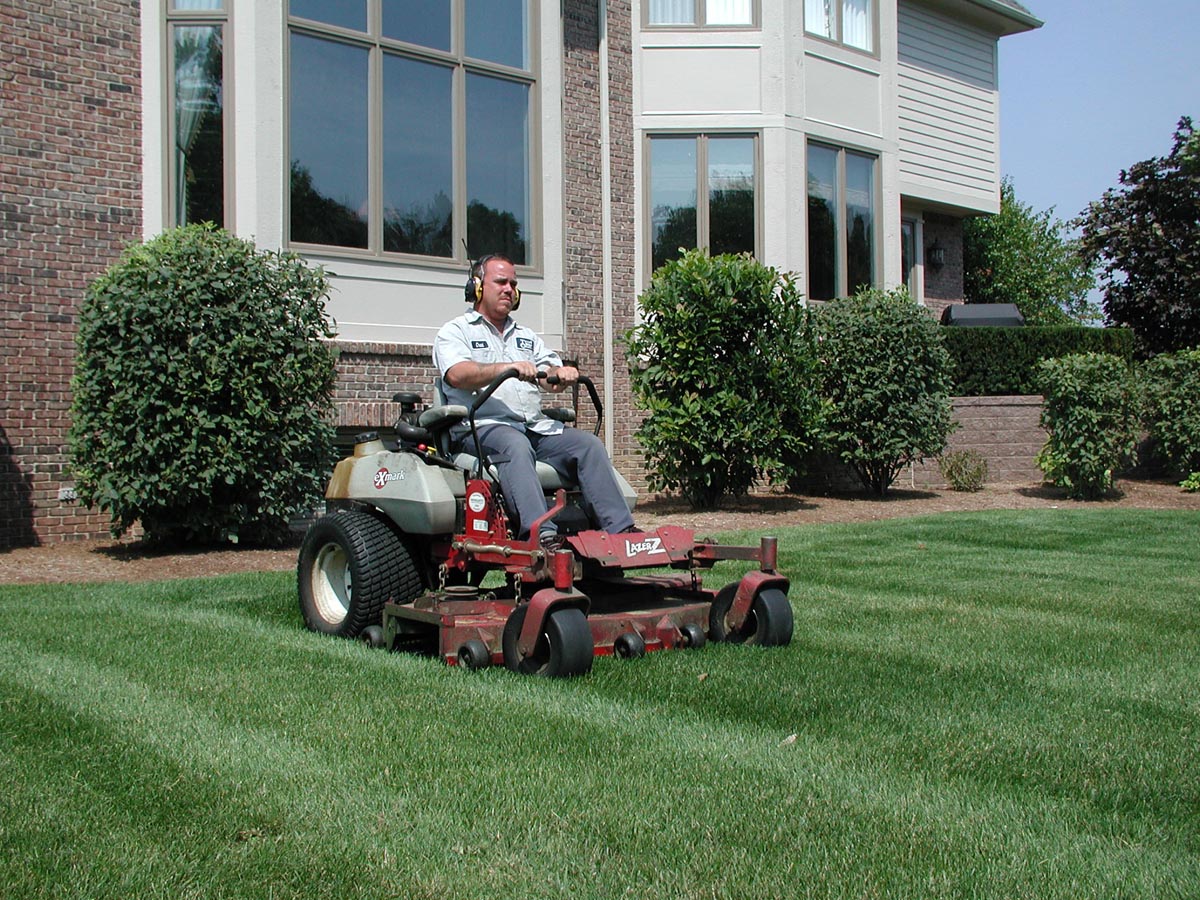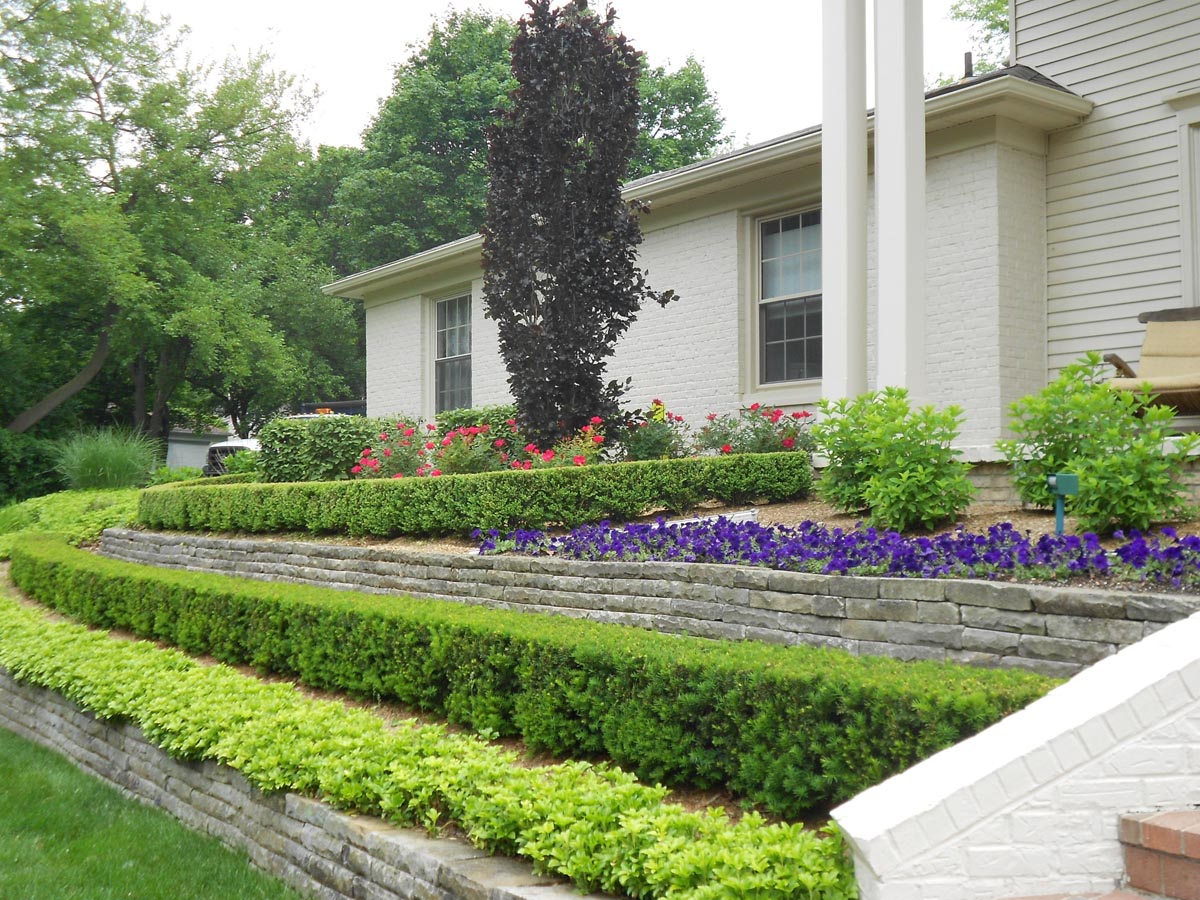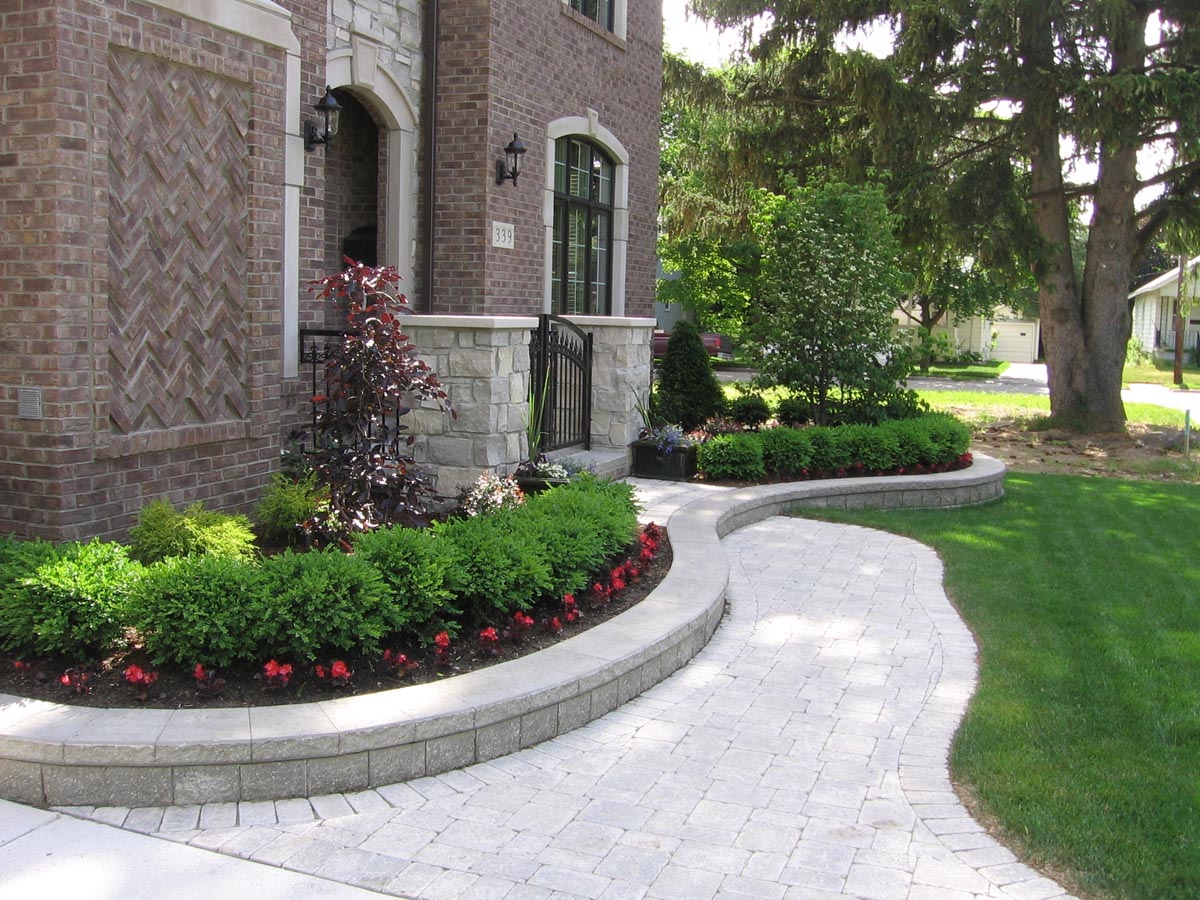A Guide to Fertilizing Your Lawn Throughout the Year
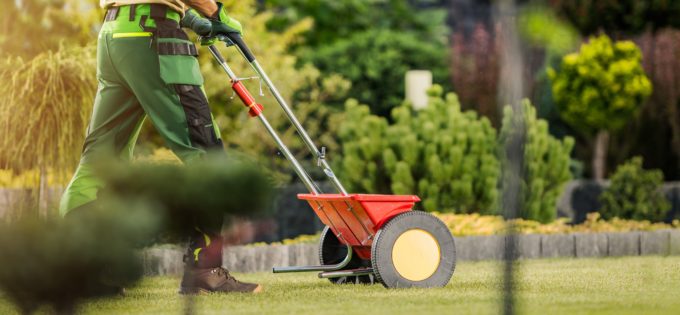
Lawn fertilizing isn’t a one-and-done task. In fact, it should be done at least five or six times every year because fertilizers only provide nutrients for about four weeks. Without fertilizer, soil can’t regenerate essential minerals and nutrients vital to grass growth. Lawn fertilization also helps keep fungi, beetles, grub worms, and other pests from damaging grass roots.
Keep reading to learn more valuable seasonal practices and tips for fertilizing your lawn. Your neighbors will be “green” with envy over your showroom lawn!
Spring
There’s no question that weather in the springtime can be unpredictable. One week the temperatures may warm and the next, there’s snow. Weather permitting, you’ll want to fertilize your lawn in April or May when the temperatures consistently remain about 55 degrees Fahrenheit. You can also check the predicted last frost date of your area. Normally in northern Michigan, the last frost date is between May 16 and June 30 while in southern Michigan, it can be anywhere from April 16 to May 15.
Temperatures below 55 cause grass to enter a protective, dormant state that reduces the risk of cold damage. Fertilizing a lawn when it’s cold means possibly stunting root growth. Plus, you’re just giving the weeds a free meal.
If you fertilize your lawn in April, give the grass another round of fertilizer in June to prepare the grass for hot, humid summers. Watering the lawn two or three days before fertilizing boosts the ability of soil to absorb and spread fertilizer around grass roots.
Summer
Although spring tends to be synonymous with “growing,” the official growing season is actually between the first and last frost date, which varies from location to location. And, fertilizer must be applied routinely during the growing season.
So, don’t end your fertilizing in spring. Carry it over in the summer, too, but don’t go overboard/ Putting too much lawn fertilizer can cause fertilizer burn, a condition resulting from excess mineral salt accumulating in the soil. Grass suffering from fertilizer burn turns brown or yellow and requires additional watering to prevent long-term damage.
In the summer, lawn fertilizing should be done early in the morning or right before dusk to prevent dryness and heat from vaporizing fertilizer and minimizing its effectiveness. It’s also important to note that cool-season grass doesn’t require fertilization in the early summer, but will need it in either the late summer or early fall.
Fall
In the fall, you’ll want to apply the appropriate amount of lawn fertilizer about six weeks before the first frost date. Again, this frost date varies based on your area. In northern Michigan, the first frost date usually occurs in late summer or in the fall (September 1 to 30) and in southern Michigan, it’s usually early to mid-October
Since fall days are cooler than summer days, you can fertilize your lawn during the day if the temperature is below 60 degrees. Mow the lawn right before you apply fertilizer to facilitate the dispersal of the fertilizer into soil. Also leave a light layer of grass clippings on your lawn to help protect and nourish roots as the weather turns cold.
If rain is in the forecast, wait until the rain passes to fertilize the grass. Moderate to heavy rain will wash away fertilizer.
Winter
Fertilization during the winter is not recommended, as your grass will be dormant. Most “winter” fertilizers are designed to be applied during the fall, and will provide the nutrients your grass needs throughout the winter.
Cool Season Grass Versus Warm Season Grass
Most homeowners in Michigan have cool-season grass.
Cool-season grass thrives in temperatures between 60 to 75 degrees due to the ability to fix carbon dioxide in colder temperatures. They also turn green faster in spring and remain green well into autumn. Types of cool-season grass include ryegrass, Kentucky bluegrass, fine fescue, and tall fescue. Cool-season grass is often combined with other types of cool-season grass to help prevent pest infestations and diseases.
On the other hand, warm-season grass loves to be scorched by sunlight and heat. Originally imported from tropical regions of the world, this type of grass prefers temperatures between 75 and 90 degrees. It’s typically found in southern states, especially Florida, Louisiana, and Georgia. During winter in the south, warm-season grass goes dormant and turns greenish-brown or brown. Popular warm-season grass includes St. Augustine, Bermuda, zoysia, and centipede grass.
Achieve a Healthier Lawn With Help from Design One
Keeping your yard healthy and happy is hard work. If you need landscaping advice or have general questions about your lawn’s health, our team at Design One is ready to help. Founded over 30 years ago, we’re a leading landscaping and hardscaping company serving businesses and homeowners throughout Michigan. Our top priority is helping you achieve the healthiest, most beautiful lawn. Contact us today for more landscaping tips, to learn more about our services, or to request a consultation.
As a residential and commercial landscaping company in Michigan, we’re experienced in both property care and landscaping design. With over 40 years of experience in the industry, Design One is great source of information when it comes to your Michigan lawn care needs! From preliminary design mapping, to irrigation and the types of plants you might want on your priority, we cover it all.


